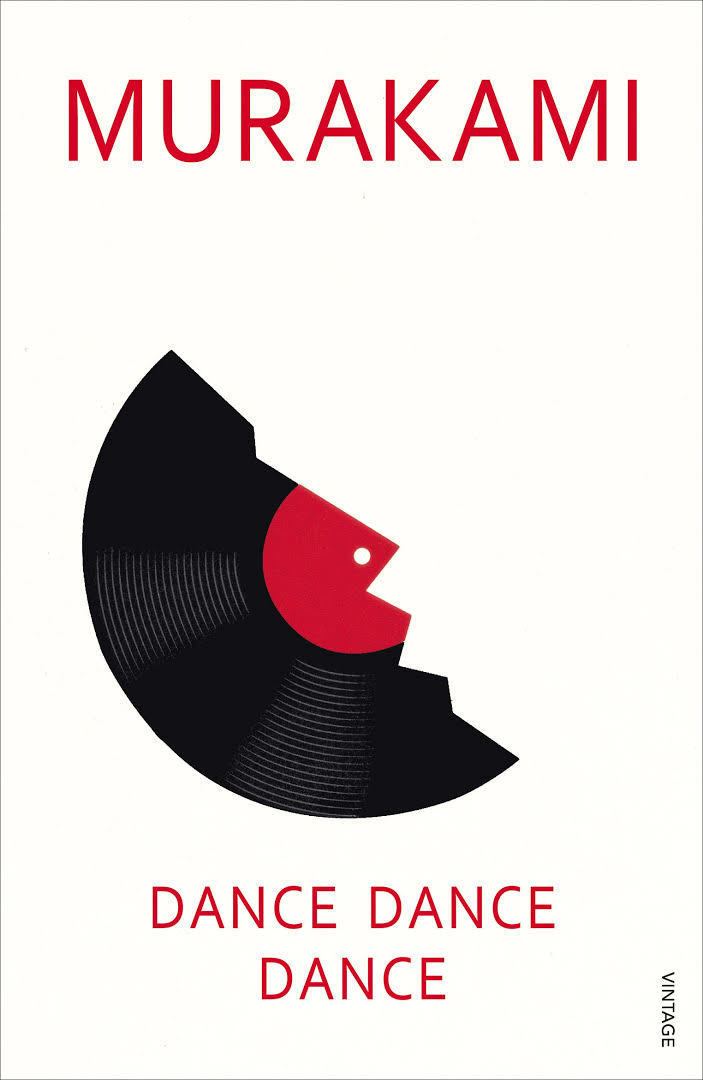8 /10 1 Votes8
Pages 393 pp Originally published 24 October 1988 Illustrator Maki Sasaki | 4/5 Goodreads ISBN 978-0099448761 | |||||||||||||||||||||||||||||||||
 | ||||||||||||||||||||||||||||||||||
Original title ダンス・ダンス・ダンスDansu Dansu Dansu Genres Fiction, Novel, Psychological novel, Science Fiction, Speculative fiction Similar Works by Haruki Murakami, Trilogy of the Rat books, Novels | ||||||||||||||||||||||||||||||||||
Dance Dance Dance (ダンス・ダンス・ダンス, Dansu Dansu Dansu) is the sixth novel by Japanese writer Haruki Murakami. First published in 1988, it was translated into English by Alfred Birnbaum in 1994. The book is a sequel to Murakami's novel A Wild Sheep Chase. In 2001, Murakami said that writing Dance Dance Dance had been a healing act after his unexpected fame following the publication of Norwegian Wood and that, because of this, he had enjoyed writing Dance more than any other.
Contents
Plot summary
The novel follows the surreal misadventures of an unnamed protagonist who makes a living as a commercial writer. The protagonist is compelled to return to the Dolphin Hotel, a seedy establishment where he once stayed with a woman he loved, despite the fact he never even knew her real name. She has since disappeared without a trace, the Dolphin Hotel has been purchased by a large corporation and converted into a slick, fashionable, western-style hotel.
The protagonist experiences dreams in which this woman and the Sheep Man — a strange individual dressed in an old sheep skin who speaks in unpunctuated tattoo — appear to him and lead him to uncover two mysteries. The first is metaphysical in nature, viz. how to survive the unsurvivable. The second is the murder of a call-girl in which an old school friend of the protagonist, now a famous film actor, is involved circumstantially. Along the way, the protagonist meets a clairvoyant and troubled 13-year-old girl, her equally troubled parents, a one-armed poet, and a sympathetic receptionist who shares some of his disturbingly real visions.
Major themes
Several of the novel's characters are hallmarks of Murakami's writing. Dance Dance Dance deals with themes of gender, sexuality, loss and abandonment, as do many of Murakami's other novels. Often, the male protagonist in a Murakami novel will lose a mother, spouse, or girlfriend. Other common Murakami themes this novel includes are technology, alienation, absurdity and the ultimate discovery of a human connection.
There is a character in the story named Hiraku Makimura, which is an anagram of "Haruki Murakami". The novel's Makimura is also a best selling author and writer.
Differences in English translation
The supernatural character known as the Sheep Man speaks differently between the two versions. The character speaks normal Japanese in the original work, but in the English translations, his speech is written without any spaces between words. Written Japanese does not typically demarcate words with spaces.
Book information
Dance Dance Dance (English edition) by Haruki Murakami; translated by Alfred Birnbaum.
